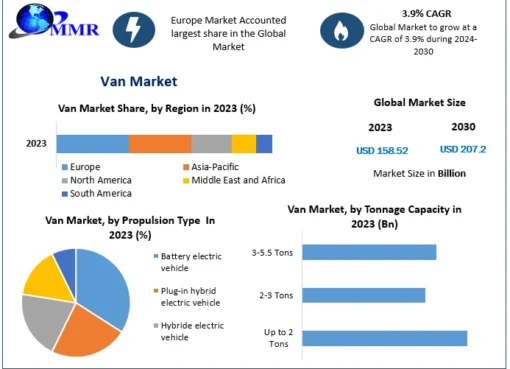What is Internal Traffic of a Website & How to exclude it from Total Traffic

Internal traffic and external traffic refer to the different sources of visitors accessing a website.
Internal Traffic:
Internal traffic refers to the website visitors who are accessing the site from within the organization or company that owns the website. This includes employees, contractors, or anyone accessing the site from an IP address that belongs to the company’s network. Internal traffic is typically not the target audience for most websites, as it consists of people who are already familiar with the organization and its products or services.
External Traffic:
External traffic, on the other hand, refers to the website visitors who are accessing the site from outside the organization or company. These are the visitors that come from various sources on the internet, such as search engines (e.g., Google, Bing), social media platforms (e.g., Facebook, Twitter), referral websites, direct traffic (users typing the URL directly), and other online marketing channels. External traffic is the primary target audience for most websites, as these visitors represent potential customers, clients, or users who may be interested in the organization’s offerings.
The distinction between internal and external traffic is crucial for web analytics and marketing purposes. Website owners often want to exclude internal traffic from their analytics data to get an accurate representation of their external audience and their behavior on the website. This helps them make informed decisions about their online marketing strategies, content optimization, and user experience improvements.
By separating internal and external traffic, website owners can:
Analyze the effectiveness of their online marketing campaigns in attracting external visitors.
Understand the browsing patterns and preferences of their target audience.
Identify areas for improvement in terms of usability, content, and user experience for external visitors.
Optimize their website and marketing efforts to better cater to their potential customers or clients.
Overall, understanding the difference between internal and external traffic is essential for website owners to gain meaningful insights into their online presence and make data-driven decisions for their business or organization.
To exclude internal traffic from your website in Google Analytics, you can follow these steps:
Log in to your Google Analytics account and navigate to the desired website property.
Click on the “Admin” tab and then select the desired “View” from the “View” column.
Under the “View” column, click on “View Settings”.
Scroll down to the “Exclude Traffic” section.
In the “Exclude traffic from the IP addresses” field, enter the IP addresses or IP ranges that you want to exclude from the tracking. You can enter multiple IP addresses or ranges, separated by commas or new lines.
If you want to exclude your office or company’s IP address, enter that IP address or IP range.
If you want to exclude your personal IP address, you can find it by searching “what is my IP address” on a search engine.
Click on the “Exclude based on IP address” checkbox to enable this setting.
Click on the “Save” button at the bottom of the page.
After completing these steps, Google Analytics will exclude the specified IP addresses or ranges from the tracking data for the selected view.
Note: If you have a dynamic IP address that changes frequently, you may need to periodically update the excluded IP addresses in Google Analytics. Alternatively, you can consider using a filter to exclude internal traffic based on other criteria, such as hostname or subdomain. CopyRetry



Leave a Comment